XMP performance and overclocking potential
Now let’s get to the performance! For each performance level, each benchmark was run 3 times and the average of the results was used.
As expected the XMP performance with 3200 MHz CL16-18-18-38 1.35V was nothing special. You get the service you paid for and nothing more. Due to the relatively loose timing, there was still some room for improvement compared to the theoretical maximum throughput at 3200 MHz in the dual channel, and the latency was also rather mixed. This is not a negative point, but you should be aware that plug and play would leave a lot of potential behind.
In addition to the XMP specification, only the value for tREFI was set upwards for the next performance level. In modern DDR4 kits, tREFI is effectively an “auto-overclock dial”, meaning that if you set the value higher, you will simply get more performance in terms of bandwidth and latency. In this case, the maximum possible value 65535 was also still stable. All subsequent power levels also use this value for tREFI.
If you just turn the clock screw and leave the voltage and timing untouched, the kit starts to unleash its potential. The more expensive 3600 MHz XMP Kit could be installed without problems and even overtaken with 3800 MHz. We achieved more throughput through the bank due to the higher clock rate and steadily lower latencies due to the consistent timing. Here we were already beyond the end of the Ballistix series, because comparable clock rates and timings from Crucial are only offered in the higher quality Ballistix Max product series.
We would describe this setting with 3800 MHz CL16-18-18-38, tREFI 65535 and 1.35V as a sweet spot that even a hobby enthusiast can reach relatively quickly and easily. And the average performance increase of 19% compared to the XMP spec of the kit is impressive and definitely justifies the tuning effort. Especially for Ryzen 3000 CPUs with an Infitinity Fabric clock speed of 1900 MHz this setting should be interesting to achieve a 1:1 ratio and thus a performance bonus.
To achieve even more power, the primary timings had to be raised as well, because here we were at the limit of what the Micron RevE memory chip could do. Especially tRCD and tRP ran into a hard limit, above which instability quickly appeared or the system could not boot at all. The theoretical minimum value of the tRCD latency of approx. 9.5 ns was the magic value here, and it definitely did not go beyond that. 1 tick more for tCL, tRCD, tRP and 2 ticks more for tRAS were then stable again.
As expected, this now only resulted in more throughput. The latency effectively remained the same due to the increased timing. This was also clearly noticeable in the Aida64 latency test, in which the limit at a measured total latency of about 40.5 ns was also clearly visible. Accordingly, the increase in the Geekbench 3 Multi-Core Memory Score from one performance level to the next was also lower. However, the voltage could still remain at the XMP value of 1.35V without affecting the stability. If you believe the current leaks, this setting should be interesting for the upcoming Ryzen 5000 CPUs to achieve a 1:1 ratio with an Infinity Fabric Clock of 2000 MHz.
For a clock rate above 4000 MHz, the primary timings had to be loosened in the same ratio and the voltage had to be increased. Here 1.45V is the maximum voltage that allowed stable operation. With even more voltage you could boot higher clock rates, but these were then no longer stable in Windows.
The result was again a bit more throughput with the same latency, but we had now reached the maximum clock rate for this kit without having to make any setbacks in latency.
In order to squeeze the maximum performance out of the previous power stage, we invested an afternoon, manually adjusted all secondary and tertiary timings, disabled PowerDown and finally optimized the RTLs and IO-Ls for the best possible latency. This resulted in a decent bonus and throughput for write and copy and even a bit less latency. However, finding this setting was very time-consuming and cannot be expected of a normal user. The following is a screenshot of the highest performance level including a passed stress test and benchmark examples:
The benchmark results from the screenshot are of course not included in the data of the following graphs, because the other open applications would influence the result. 😉 A small note about higher voltages for DDR4: A voltage of 1.45V is safe for everyday use with this kit, since other kits come with the same memory chips and XMP specs of up to 1.5V. At higher voltages compared to the XMP Spec, only the stability at the higher temperatures associated with it should be ensured.
In the case of this kit the temperature was no problem even during longer tests thanks to the solid and well working heatspreader. The maximum measured temperature at the highest power stage at the end of a TM5 Ollie Loop was 51° C. For this purpose the module with the worse passive airflow was used and between its lower memory chips, which also get the worst airflow, a temperature sensor was placed under the integrated heat conducting pad. Thus, the measured value is really a worst case and provides a reliable indicator of stability.
Price/performance and conclusion
Performance and overclocking is all well and good, but we are not in a vacuum and now we have to put the achieved performance data in relation to the price on the one hand, but also to what other manufacturers and other memory chips have to offer.
For this, we used the G.Skill RipjawsV 4000 MHz CL15 1.5V kit, which also has a simple design without any play of colors, but in contrast to the Crucial Kit, it isn’t equipped with Micron RevE, but with Samsung B-Die memory chips. If you know something about DDR4 memory kits, B-Die should already be a familiar term, but briefly explained: Samsung B-Die is the most powerful DDR4 memory chip on the market. In addition, this special kit with 4000 MHz and CL15-16-16-36 timings has been subjected to very strict binning and the memory chips therefore have a very high overclocking potential.
But since this review is about the Crucial Kit, and it would be unfair to compare XMP with OC performance, we only loaded the XMP profile of the G.Skill Kit and did the same tests to be able to directly compare price performance in XMP mode. It should also be mentioned that at the time of the review, the G.Skill Kit was hard to find in Europe – for known contemporary reasons – and therefore the prices were taken from the US market by pcpartpicker.com. However, the price ratio between the two kits is independent of currency and therefore still suitable for comparison.
Unsurprisingly, the G.Skill control pattern triumphs comfortably over the Crucial Kit in all tests, with an average performance deficit of 19% for the latter. However, if you now include the EIA or MSRP in the equation, 169 USD for the G.Skill Kit and 69 USD for the Crucial Kit, the tables turn, metaphorically speaking, by more than 180 degrees. Because now we see the Crucial Kit almost twice the price performance, the numbers speak for themselves.
As is so often the case in the hardware industry, it is usually more economical not to buy the absolute flagship, but the slightly cheaper model with a better price-performance ratio. And as already suspected in the introduction, the Crucial Ballistix 3200 MHz CL16 kit falls exactly into this category. The XMP performance is fully commensurate with the price and far outperforms higher power kits. So even if you just run the kit with the XMP specification, you’ve made a good choice as a consumer, for both ego and wallet.
But now the overclocking potential comes on top, with which enthusiasts can win up to 19% and with a little more time and tension even up to 33% performance increase. This makes the kit an excellent choice for overclockers who want to practice DDR4 overclocking for little money. But also especially for budget conscious enthusiasts who are looking for an appropriate pairing for their Ryzen 3000 or even upcoming Ryzen 5000 CPU and want to achieve a 1:1 Infinity Fabric Clock, the Crucial Ballistix 2x 8GB 3200 MHz CL16 kit is highly recommended at its price.














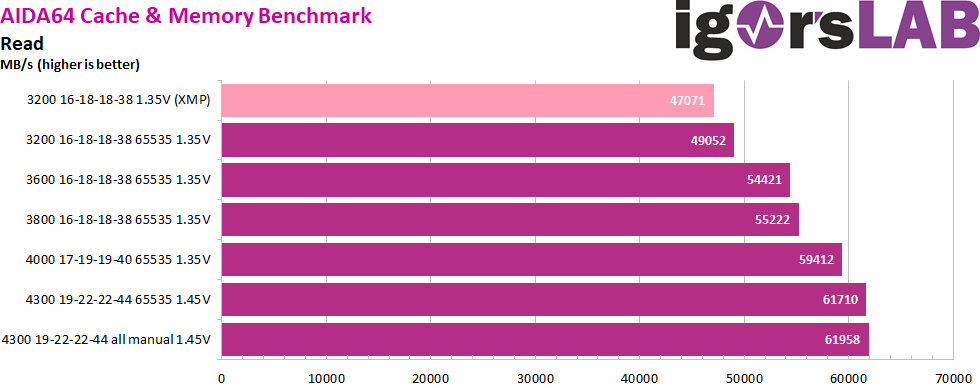
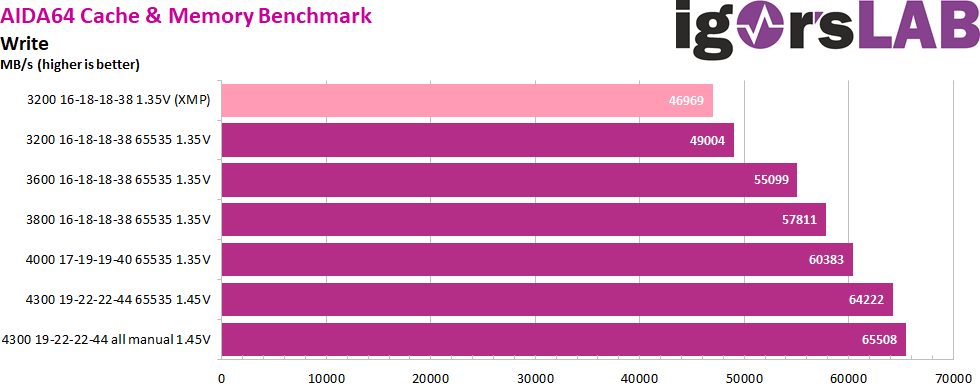
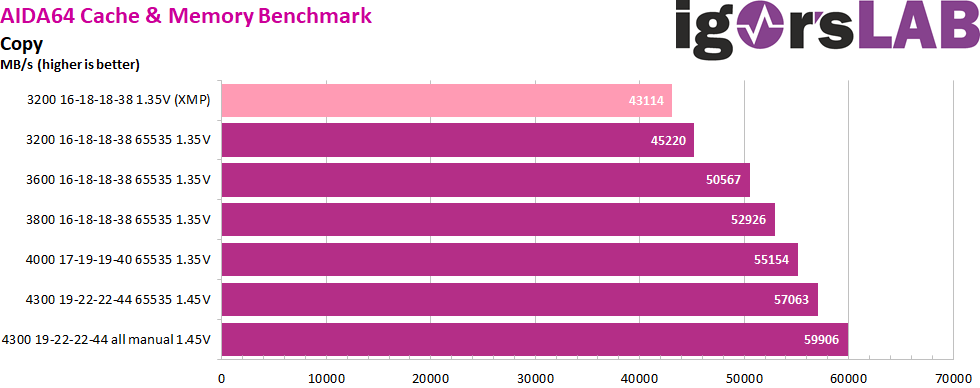
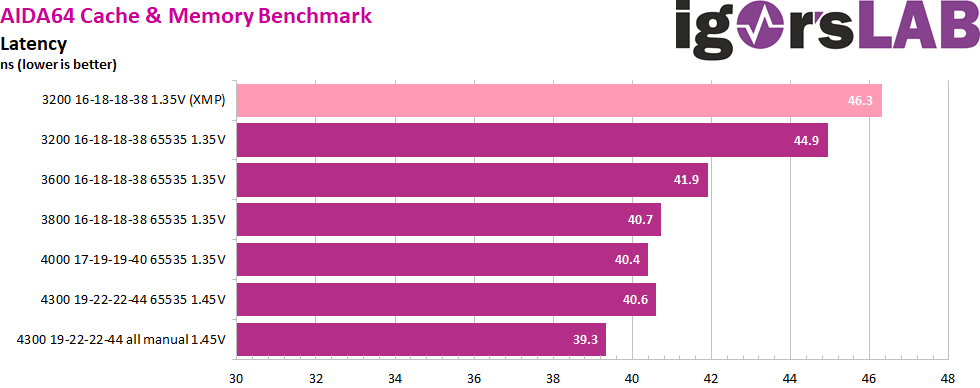
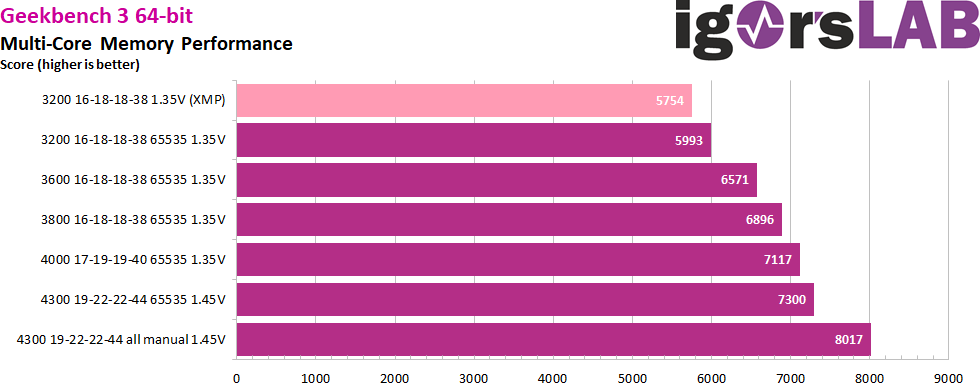
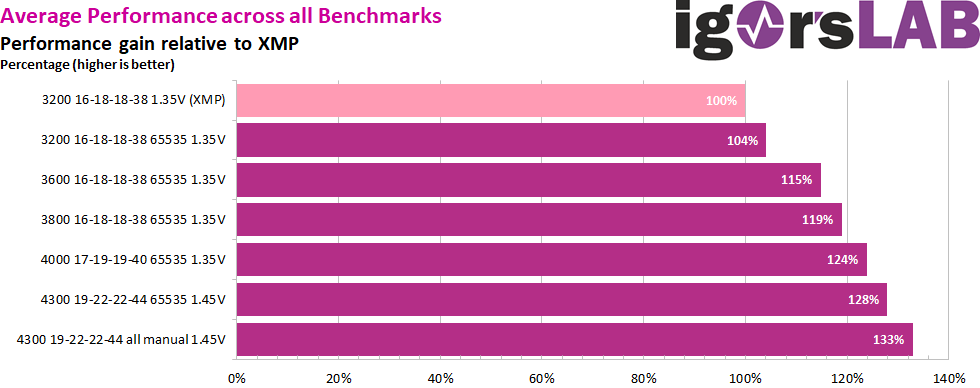
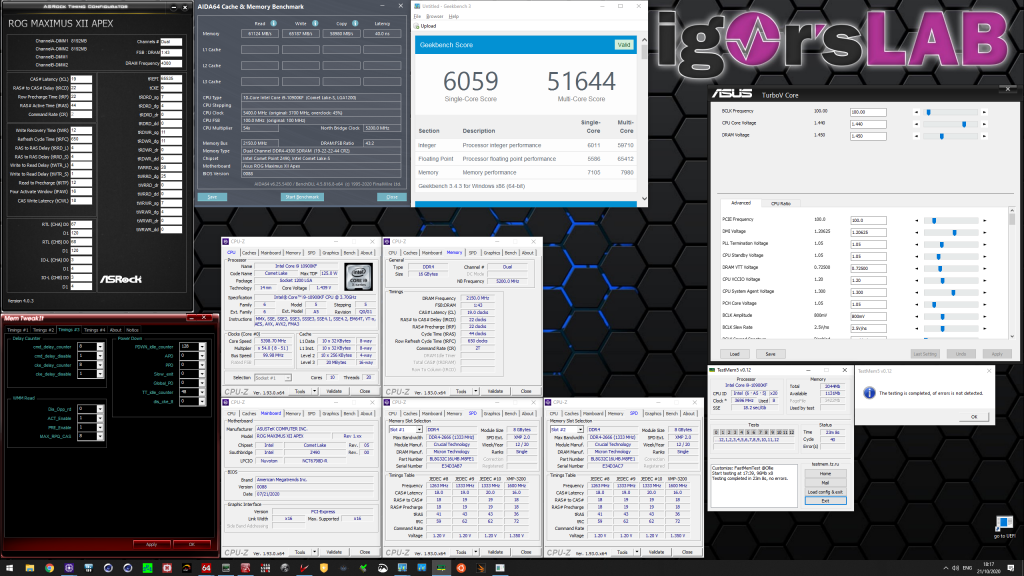

















Kommentieren